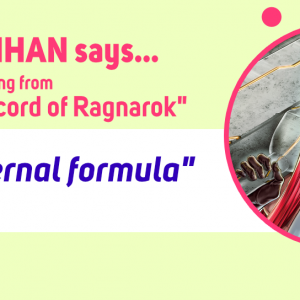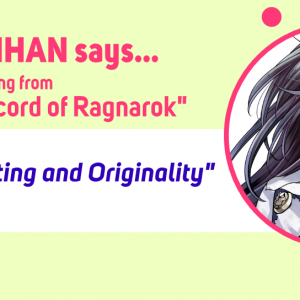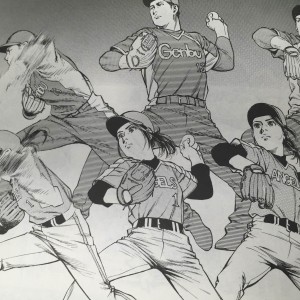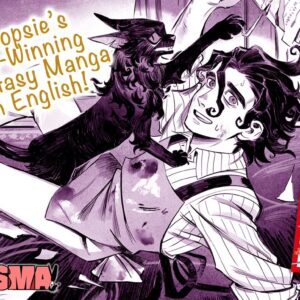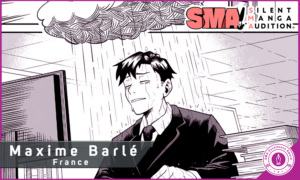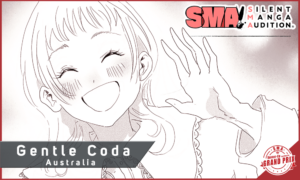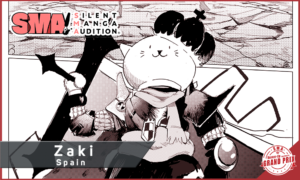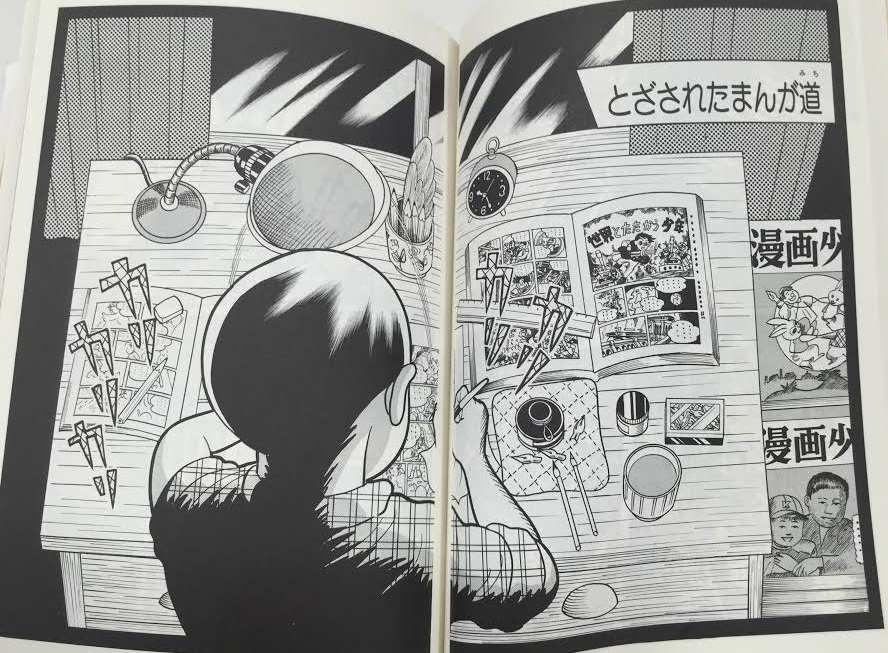
Manga about manga artists have grown in popularity in recent years. Some examples: Bakuman (Story: Tsugumi Ohba, Art: Takeshi Obata) a story about two boys who form a team and aim for the top… Aoi Honoo (Kazuhiko Shimamoto), an autobiographical work set against the 1980’s Otaku movement… The peculiar Disappearance Diary, the story of how SF and Bishojo manga master Hideo Azuma ran from his deadlines, and ended up living on the streets…
Whether fiction or non-fiction, it looks like this genre’s popularity will continue. For non-fiction, the autobiographical style has been the standard thus far, but there are signs of a new trend emerging where artists draw biographies of their manga heroes.
At the moment, all eyes are on veteran author Motoka Murakami’s Fuichin Goodbye, the tale of Toshiko Ueda, a female artist who helped shape Shojo manga in the 1950s. Although she greatly influenced future generations of manga artists, Toshiko Ueda had been largely forgotten by history. However, thanks to Murakami’s biographical work, Ueda’s most famous manga Fuichin-san, has been reprinted, and re-evaluated by a new generation. In this way, biographical stories can help us re-discover gems of the past.
Alternatively, instead of biographies, there are cases of former assistants subjectively drawing their teachers, and turning them into manga stories. A former assistant of Tetsuya Chiba, Sanbachi Kawa wrote Ashita no Joe ni Akogarete (In Admiration of Ashita no Joe), a story about a young man who moves to Tokyo to become a manga artist, and his work at Chiba Productions. The backgrounds, and even small details like the tools are all meticulously drawn, with Kawa’s warm hand-drawn style making it a pleasure to read.
Fujiko Studio Assistant Diary – Maicchingu Manga Michi (Takeshi Ebibara) is a story about day-to-day life with Fujiko Fujio (The collective pen-name for the artists also known as Fujiko Fujio A and Fujiko F. Fujio). Like Ashita no Joe ni Akogarete, this story is of great interest to manga fans.
The first manga to capture a great artist in this style was probably The Untold Story: How Tezuka created his Black Jack (Story: Masaru Miyazaki, Art: Koji Yoshimoto), created from interviews with Osamu Tezuka’s editors, former assistants and family. Tezuka is known as “The God of Manga”, and this masterpiece contains episodes which show not only how amazing and strict he was, but also his human side.
Which famous artist of Tezuka’s generation will be drawn next? I’d love to see a manga about Shoutaro Ishinomori, Fujio Akatsuka or Mitsuteru Yokoyama!
Article: Kozue Aou
Translator: Andrew L.






